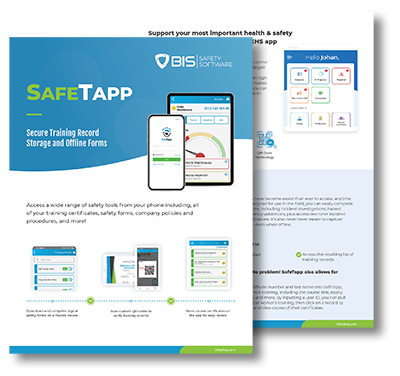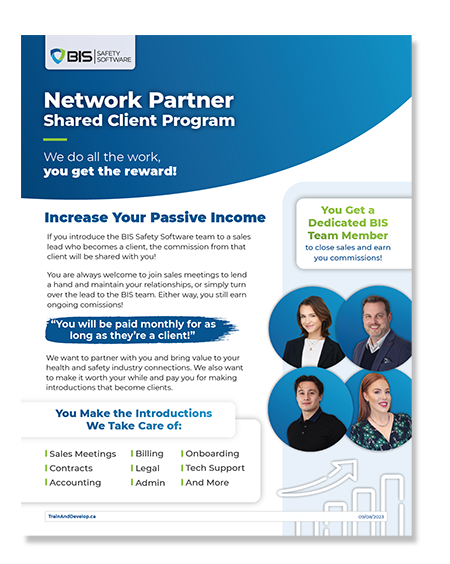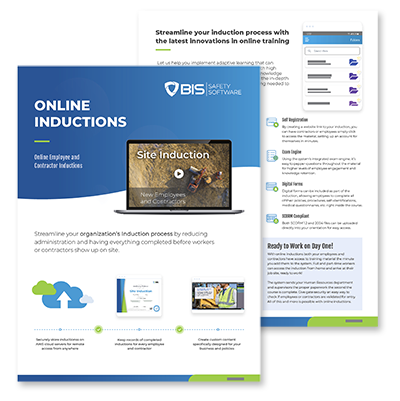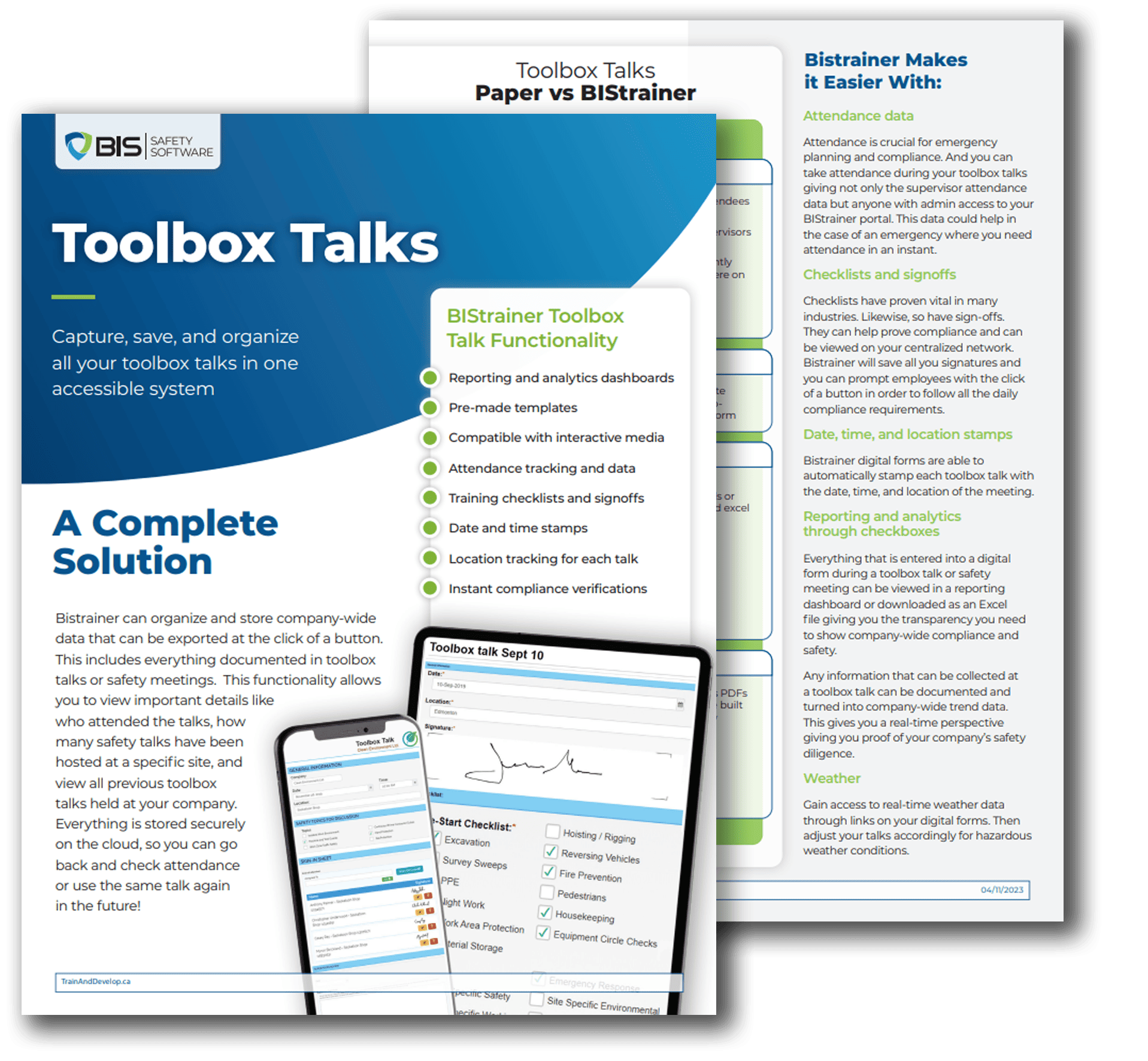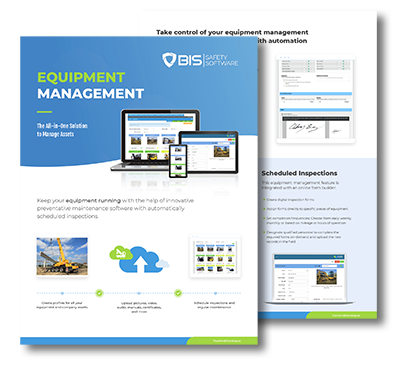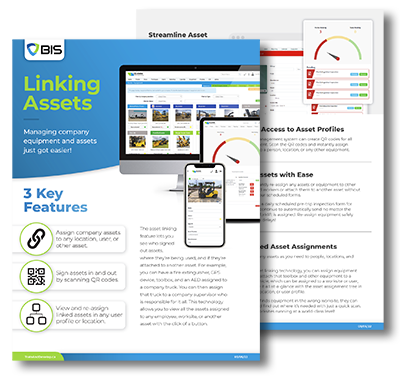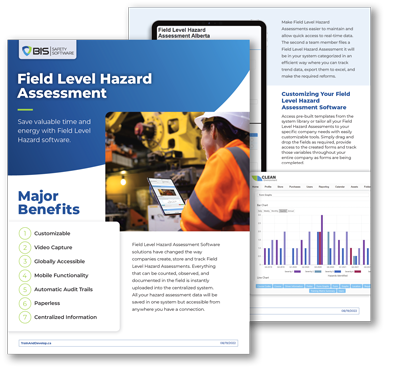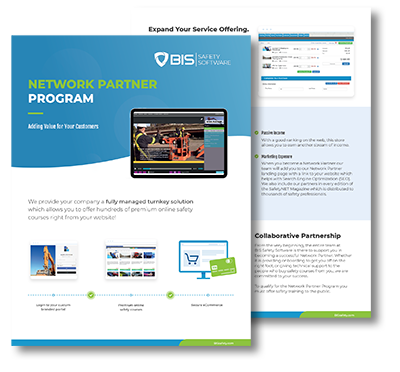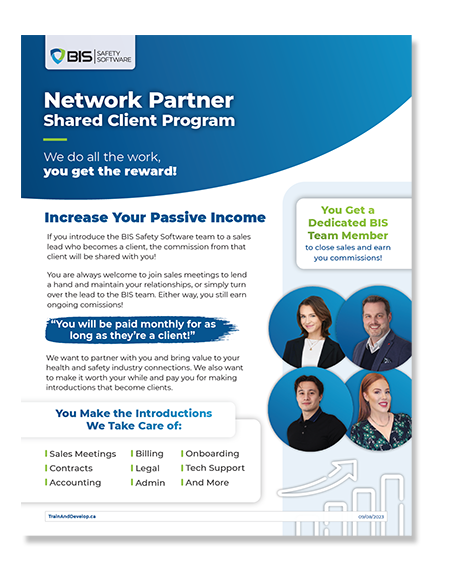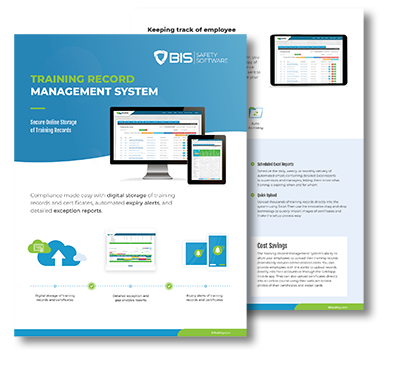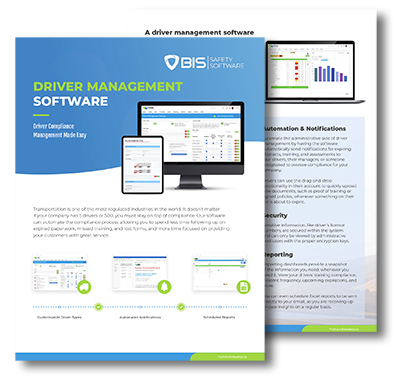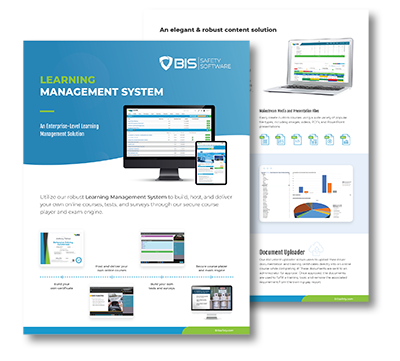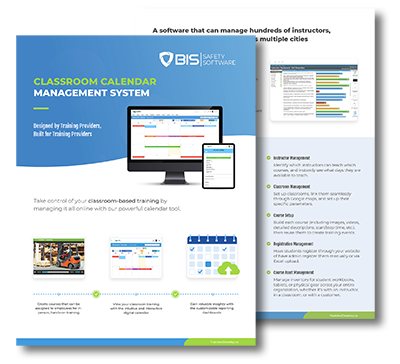You’ve heard it before—a single worker makes a quick decision and stops something serious. The ‘hero’ story.
Inspiring? Sure. But misleading.
Because in safety, relying on one person is not a strategy. It’s a risk.
Great in Films. Useless on the Floor.
Heroics might belong in Hollywood, but real safety lives in routine.
Success on a job site doesn’t hinge on someone remembering to double-check a harness. It comes from systems that make that check instinctive. Part of the job, not an afterthought.
Systems don’t get tired. They don’t forget things under pressure. People do.

“At the end of the day, we still have to be responsible for our own personal safety. You can’t eliminate all risks… but being deliberate about your training puts you in a mindset where it makes it very, very difficult for you to actually get injured.” —Allan Moore
When accidents happen, they’re rarely just bad luck. Usually, it’s a gap somewhere—missing steps, outdated procedures, unclear responsibilities, or a culture that silently rewards shortcuts.
Experience Doesn’t Cut It Alone
Even the most seasoned pros have near-miss stories. What saved them? Sometimes luck. And luck doesn’t last.
Jeremy Desilets said it straight: “Safety isn’t the job of the safety officer. It’s everyone’s job. Safety people should be mentors, not cops.”
Dr. Johanna Pagonis didn’t hold back either: “You can have the best systems and checklists—but if your people don’t feel empowered to speak up, to challenge, to care—your system is broken.”

Jennifer Lastra echoed the challenge: “Even your best trainer is going to have their off days… But if the learners can’t relate—whether it’s mentally picturing what they’re talking about or physically having been there—there’s just a massive disconnect.”
Experience helps. But structure sustains. And culture connects it all together.
System Builders Are the Real Safety Leaders
At MI Safety, Robin Postnikoff made sure training went beyond theory. Each course ends with a practical checklist for employers to confirm skills in action. Because information without application isn’t training. It’s trivia.
Over at the District of Peachland, Guy Martin inherited a safety programme that was being passed around like an afterthought. He didn’t outsource the problem. He built a solution—evaluating training gaps, mapping tasks, and creating targeted procedures.
And he didn’t stop there. He changed mindsets. Turned resistance into ownership. That’s not flashy—but it’s effective.
“Culture is about inclusion. It’s about allowing everyone to have influence. Respect them… you’re not going to do that by directing people. You’re going to do that by including them.” —Jeff Mulligan
When workers help shape the safety rules, they’re more likely to stick to them. That’s how systems grow roots.

A Plan That Depends on One Person Isn’t a Plan
Here’s the bottom line: if your site is only safe because Joe’s been doing it for two decades and “knows how it goes,” then you’re one missed alarm clock from disaster.
True safety is what remains when Joe’s not there. When the shift changes. When the new hire takes over. If your process falls apart without your most experienced worker in the room, you’re not safe. You’re exposed. Want to Build Real Safety? Start Here:
- Prioritise systems, not standouts.
- Make safety universal—not a title or role.
- Encourage speaking up—and act when it happens.
- Validate hands-on skills, not just online courses.
- Keep procedures current.
- Train for the unexpected, not just the expected.
- Recognise and reward safe choices.
“We try to design the workplace, the equipment, the system to actually optimise the human… not only are they healthy and safe, but they’re actually more productive.” —Dr. Linda Miller
Because real safety isn’t about bravado. It’s about consistency. And consistency comes from systems—tested, trusted, and used by everyone.
Stop chasing heroes. Build what keeps them unnecessary.
Additional Articles
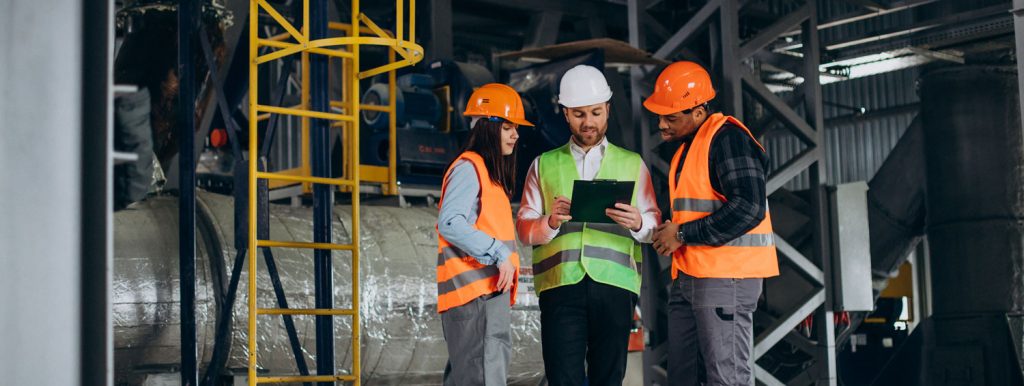
The Good The Bad and The Ugly of Workplace Safety
Learn the practical steps required for conducting Field Level Hazard Assessments with our detailed guide and real-world examples. … Read More

The Lone Safety Hero Is a Myth
The lone safety hero is a myth. Real workplace safety depends on strong systems, shared responsibility, and a culture where everyone feels empowered to act. … Read More



